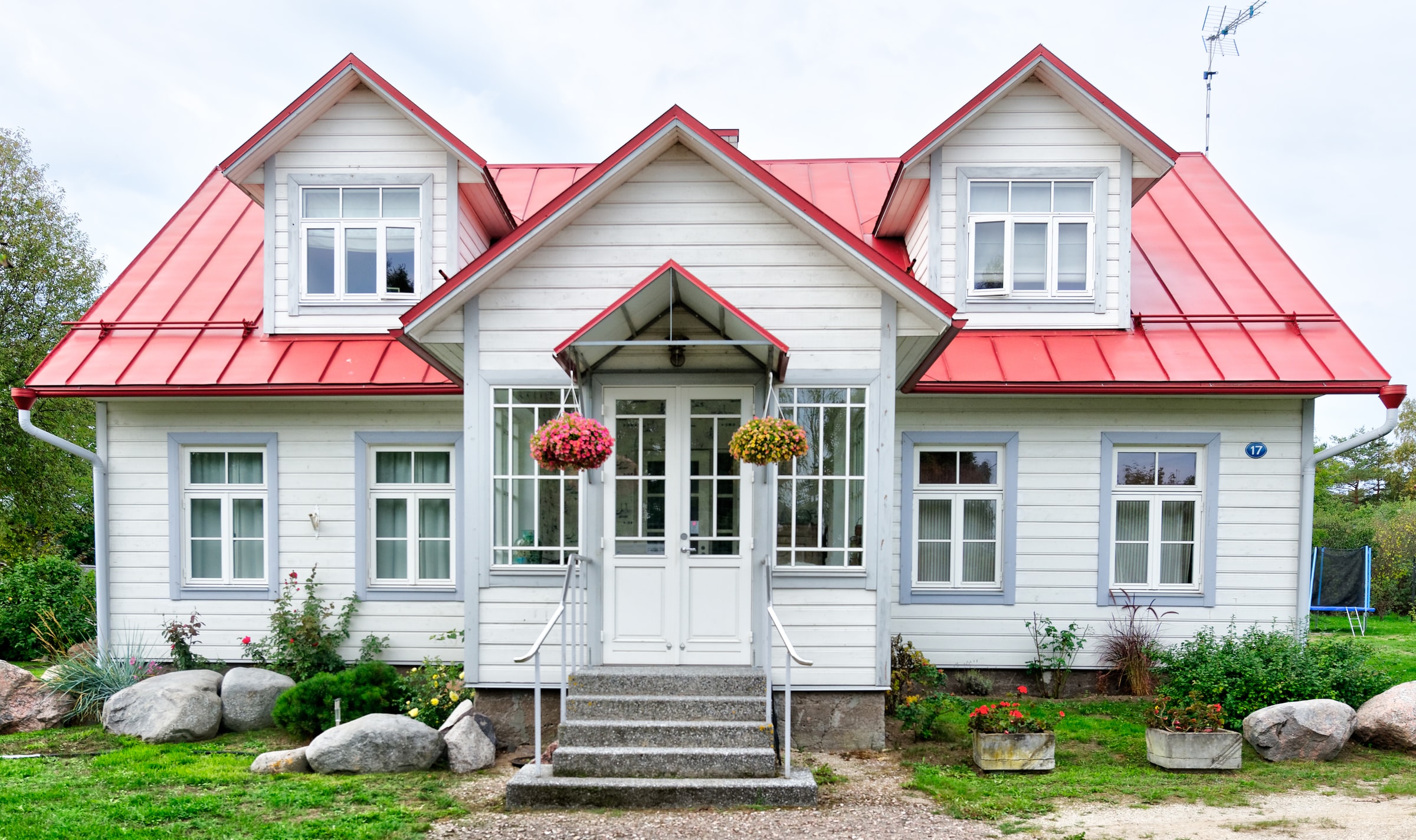A reverse mortgage is a loan for senior homeowners that allows borrowers to access a portion of the home’s value using the home itself as collateral.
The loan generally does not have to be repaid until the last surviving homeowner permanently moves out of the property or passes away.
At that time, the estate has approximately six months to repay the balance of the reverse mortgage or sell the home to pay off the balance.
All remaining value in the home is inherited by the estate. Typically, the estate is not liable if the home sells for less than the balance of the reverse mortgage.
Eligibility for a reverse mortgage
To be eligible for a home equity conversion mortgage (HECM), or a reverse mortgage, the Federal Housing Administration (FHA) requires that the youngest borrower on title is at least age 62.
If the home is not owned free and clear, then any existing mortgage must be paid off using the proceeds from the reverse mortgage loan at the closing. In addition, you must meet federal financial eligibility criteria.
Paying it back
A reverse mortgage typically does not become due as long as you meet the loan obligations. For example, you must live in the home as your primary residence, continue to pay required property taxes, homeowners’ insurance and maintain the home according to Federal Housing Administration requirements. Failure to meet these requirements can trigger a loan default that may result in foreclosure.
Estate rules
In the event of death or in the event that the home ceases to be the primary residence for more than 12 months, the homeowner’s estate can choose to repay the reverse mortgage or put the home up for sale.
If the equity in the home is higher than the balance of the loan, the remaining equity belongs to the estate.
If the sale of the home is not enough to pay off the reverse mortgage, the lender (not the borrower) must take a loss and request reimbursement from the FHA. No other assets are affected by a reverse mortgage. For example, investments, second homes, cars, and other valuable possessions cannot be taken from the estate to pay off the reverse mortgage.
Loan limits
The amount that is available generally depends on four factors: the age of the youngest borrower, current interest rate, appraised value of the home and government-imposed lending limits.
Getting the money
There are several ways to receive the proceeds from a reverse mortgage:
- Lump sum – a lump sum of cash at closing (only available for fixed-rate loans)
- Tenure – equal monthly payments as long as the homeowner lives in the home
- Term – equal monthly payments for a fixed period of time
- Line of Credit – draw any amount at any time until the line of credit is exhausted
- Or, any combination of the above
Why not a home equity loan?
Unlike a home equity line of credit (HELOC), a reverse mortgage does not require the borrower to make monthly mortgage payments and any existing mortgage or mandatory obligations must be paid off using the proceeds from the reverse mortgage loan.
Many seniors use the remaining proceeds to fund medical expenses, make home repairs or just keep the extra cash in case of an emergency. In addition, a reverse mortgage line of credit cannot be reduced by the lender and any unused portion of the line of credit will grow over time.
With a reverse mortgage the amount that can be borrowed is determined by an FHA formula that considers the age of the youngest borrower, the current interest rate, and the appraised value of the home.
With traditional loans the homeowner is still required to make monthly payments, but with a reverse mortgage the loan is typically not due as long as the homeowner lives in the home as their primary residence, continues to pay required property taxes, homeowners’ insurance and maintains the home according to FHA requirements.
Failure to meet these requirements can trigger a loan default that may result in foreclosure.


